Home >
Vietnam
|
Vietnam Information
Vietnam Tour Packages
Vietnam Hotels
Vietnam Attraction
|
Vietnam People
The People
The Vietnamese nation was formed through a process of two major ancient cultures, the Chinese and the Indian. Thus a peculiar trait of Vietnam's culture was formed. As far as anthropology is concerned the Vietnamese people have their origin in the Mongolid race, believed to be one of the major or races of the world and often found in northern and eastern Asia.
* 54 different ethnic groups inhabiting Vietnam can divide eight different groups by the Vietnamese language:
- The Viet - Muong Group includes 4 ethnic groups: Chut, Kinh, Muong, Tho.
- The Tay - Thai Group includes 8 ethnic groups: Bo Y, Giay, Lao, Lu, Nung, San Chay, Tay, Thai.
- The Mon - Khmer Group includes 21 ethnic groups: Ba Na, Brau, Bru-Van Kieu, Cho Ro, Co, Co Ho, Co Tu, Gie Trieng, Hre, Khang, Khmer, Kho Mu, Ma, Mang, M'nong, O Du, Ro Mam, Ta Oi, Xinh Mun, Xo Dang, Xtieng.
- The Mong - Dao Group includes 3 groups: Dao, Mong, Pa Then.
- The Kadai Group includes 4 ethnic groups: Co Lao, La Chi, La Ha, Pu Peo.
- The Nam Dao Group includes 5 ethnic groups: Cham, Chu Ru, Ede, Gia Rai, Raglai.
- The Han Group includes 3 ethnic groups: Hoa, Ngai, San Diu.
- The Tang Group includes 6 ethnic groups: Cong, Ha Nhi, La Hu, Lo Lo, Phu La, Si La.
In the core of the history of national development, all these groups of people have been closely attached to one another in sharing the same tasks of fighting against foreign invaders, defending the country's territory, gaining the right to live and the right to national independence and self-determination. Each group of ethnic people have developed their own language and identity, thus making the Vietnamese culture, long known for its variety, a well blended combination of different cultures.
Customs and habits
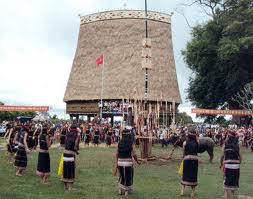 The Ba Na lives in houses built on stilts. In each village, there is a communal house called rong which stands out due to its height and beauty. According to matrimonial customs, a young man and woman can take the initiative in marriage, and the parents are only involved to ensure the respect of traditional principles. After the birth of the first child, they are allowed to set up their own family environment. The Ba Na venerates the spirits which relate to human beings. Culture
The Ba Na language belongs to the Mon Khmer Group. Their musical instruments are very diversified with various combinations of gong sets, t'rung xylophones, bro, klong put, ko ni, khinh khung, and to tiep trumpets. The aesthetics of the Ba Na are expressed in their unique woodcarvings and extraordinary decorative crafts. Costumes
The men tend to wear loincloths and the women wear sarongs. Economy
Their main source of income is slash-and-burn agriculture and the rearing of livestock. Almost every village has forges to make metal products. Women also weave cloth to make their families garments and the men practice basketry and mat-making, the Ba Na often barter goods.
Customs and habits
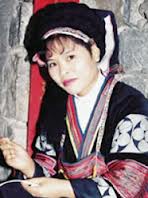 Ancestor worship is the basis of Bo Y religion. The Bo Y live in houses built on the ground. There is always an extra room in this type of house constructed of wooden boards that rest on the main beams of the house. These rooms serve as the bedroom for unmarried boys and as a granary. The wedding ceremony of the Bo Y is a complicated and expensive endeavor. A unique characteristic of this wedding ceremony is that the groom does not attend the ceremony. Instead, he sends his younger sister to the bride's family to lead a pink horse during the wedding. When the parents die, the children must practice strict mourning rites, 90 days to mourn their mother and 120 days to mourn their father. Ancestor worship is the basis of Bo Y religion. The Bo Y live in houses built on the ground. There is always an extra room in this type of house constructed of wooden boards that rest on the main beams of the house. These rooms serve as the bedroom for unmarried boys and as a granary. The wedding ceremony of the Bo Y is a complicated and expensive endeavor. A unique characteristic of this wedding ceremony is that the groom does not attend the ceremony. Instead, he sends his younger sister to the bride's family to lead a pink horse during the wedding. When the parents die, the children must practice strict mourning rites, 90 days to mourn their mother and 120 days to mourn their father.Culture
The Bo Y language belongs to the Tay - Thai Group. Costumes
Women wear a full skirt, a five-paneled shirt and a bra. Some of the women have adopted the Nung or Han way of dressing.
Economy
The Bo Y practice slash-and-burn agriculture. Every year, when the rainy season arrives, the Bo Y go to the rivers to catch spawn and fish to put in their ponds and submerged fields.
Customs and habits
The Brau have a tradition of tattooing their faces and bodies and filing their teeth. Their houses are built on stilts. Young men and women are free to choose their partners. The wedding ceremony is organized by the bride's family and the groom must live with his wife's family for several years before bringing his wife and children home. Culture
The Brau language belongs to the Mon-Khmer Group. The Brau like to play gongs and traditional musical instruments. In particular, a set of two gongs called the chieng tha has great value in their culture. Young girls often play Krong Put, a musical instrument that consists of 5-7 bamboo tubes, both long and short, which are joined together. The sound is produced when air is forced into them by the clapping of the hands. Costumes
Women wear a lot of jewelry around their arms, ankles, and necks. Men often wear loincloths and women wear pagnes. Economy
The Brau have led a nomadic life for a very long time, but also practice slash-and-burn cultivation in order to grow rice, corn, and cassava using rudimentary tools. Customs and habits
The Bru - Van Kieu live in small houses on stilts. These villages are usually lo 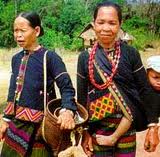 cated near rivers or streams and are always arranged along the water current flows. The houses are arranged in circles around a communal house on flat and expansive terrain. Young Bru - Van Kieu men and women are free to choose their partners. The maternal uncle says the last words at marriage or burial ceremonies for his nephews and nieces. He also has the decision power in house construction. Ancestor worship is the most common religious activity. Also, the Bru - Van Kieu pay veneration to sacred objects such as a sword or a fragment of a bowl, and they especially worship fire and kitchen deities. cated near rivers or streams and are always arranged along the water current flows. The houses are arranged in circles around a communal house on flat and expansive terrain. Young Bru - Van Kieu men and women are free to choose their partners. The maternal uncle says the last words at marriage or burial ceremonies for his nephews and nieces. He also has the decision power in house construction. Ancestor worship is the most common religious activity. Also, the Bru - Van Kieu pay veneration to sacred objects such as a sword or a fragment of a bowl, and they especially worship fire and kitchen deities.Culture
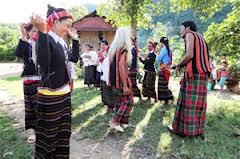 The Bru-Van Kieu language belongs to the Mon-Khmer culture. The Bru - Van Kieu love creative arts and maintain a rich treasury of traditional art and culture. They possess numerous musical instruments such as drums, castanets, knob gongs, wind instruments, and string zithers (including the a-chung and po-kua). Folk singing is popular as is cha chap (sung stories), and sim, an alternating chant between young men and women. Folksongs, proverbs, and old tales make up the rich culture of the Bru - Van Kieu. The Bru-Van Kieu language belongs to the Mon-Khmer culture. The Bru - Van Kieu love creative arts and maintain a rich treasury of traditional art and culture. They possess numerous musical instruments such as drums, castanets, knob gongs, wind instruments, and string zithers (including the a-chung and po-kua). Folk singing is popular as is cha chap (sung stories), and sim, an alternating chant between young men and women. Folksongs, proverbs, and old tales make up the rich culture of the Bru - Van Kieu.Costumes
Both men and women wear like Tay Nguyen costumes.
Economy
The Bru - Van Kieu live on rice cultivation, through slash and burn agriculture and submerging their fields. They also hunt, fish and rear cattle. Basketry and palm mat-making are their sideline occupations.
|
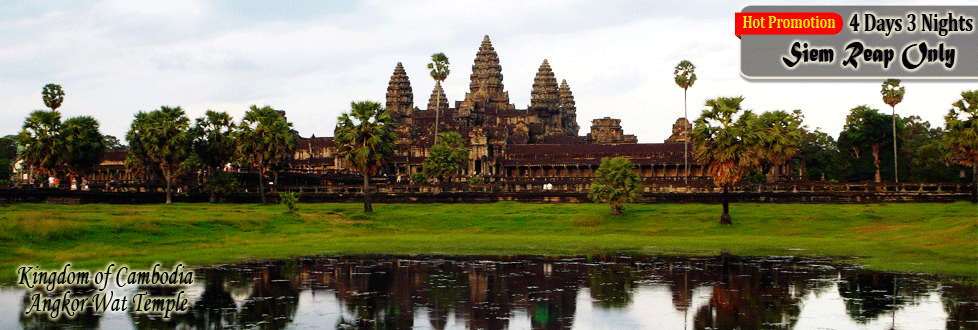
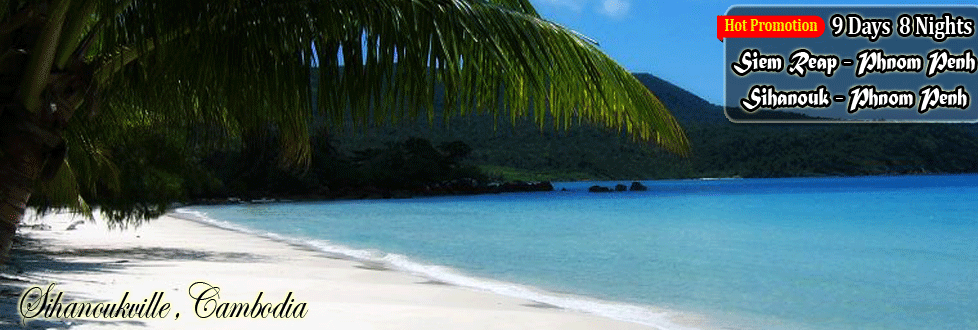
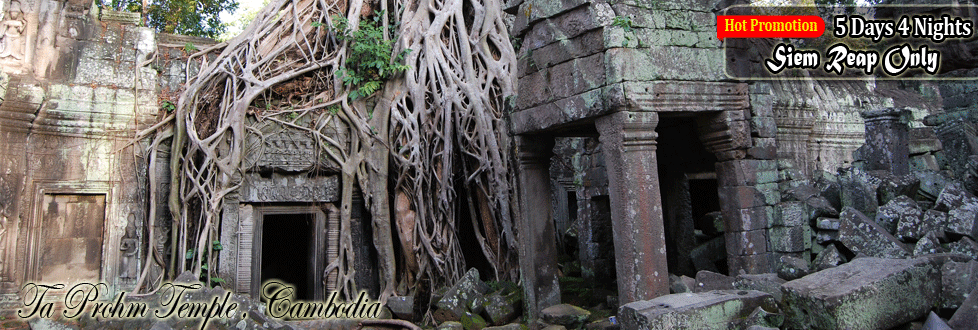
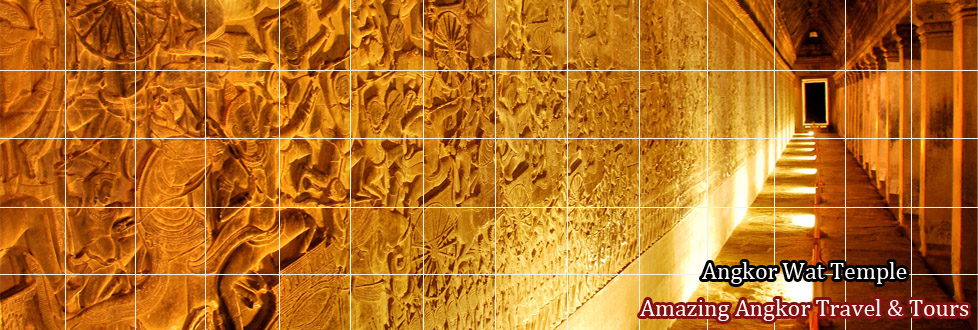
.jpg)
.jpg)
.jpg)
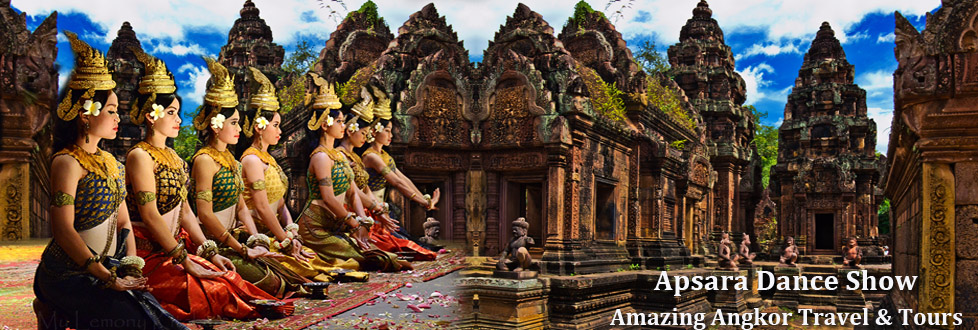
.jpg)
.jpg)
.jpg)

.gif)

 Vietnam Visa & Passport
Vietnam Visa & Passport 


.png)
